In continues to our previous article “Shooting Anamorphic on Vertical Sensor”, this time, cinematographer Michael Della Polla shares with us his ‘vertical anamorphic’ knowledge when shooting with the Z CAM S6 and Vazen 1.8X. Read below his insights.
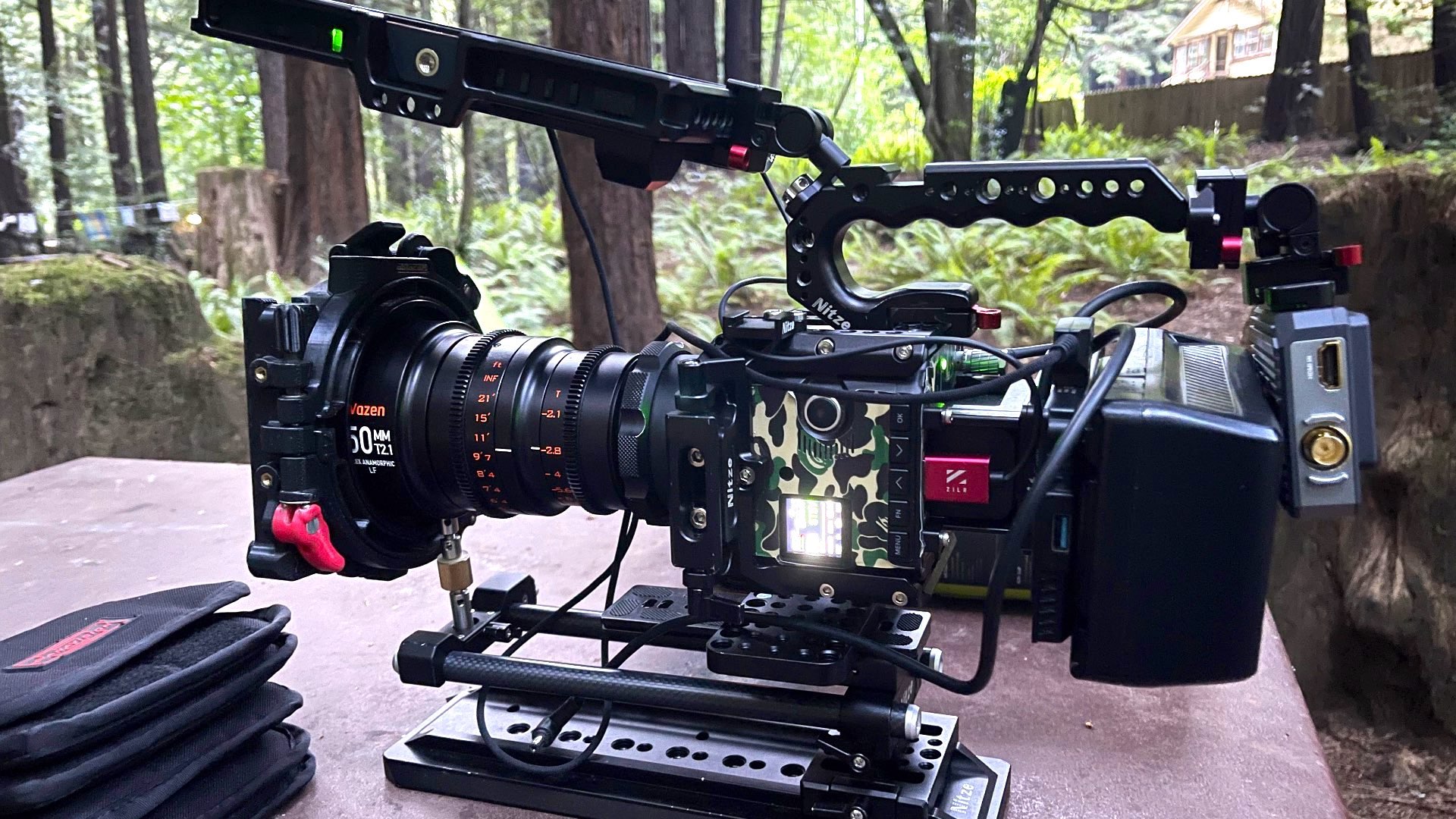
Vertical anamorphic
It seems like more and more cinematographers have discovered the uniqueness when shooting anamorphic with vertical sensors (=vertical capture). Vertical anamorphic is accomplished when using the camera horizontally and turning the anamorphic lens sideways. After de-squeezed you will get vertical flares and horizontal oval-shaped bokeh, in a 3:2 aspect ratio. It grants special characteristics to the image, and especially to the object. However, you will also get side effects like vertical flares and horizontal bokeh. The solution is to leave the lens in its horizontal location and shift the camera vertically. Make sure to read our previous article: “Shooting Anamorphic on Vertical Sensor” as a good start to understand this methodology.
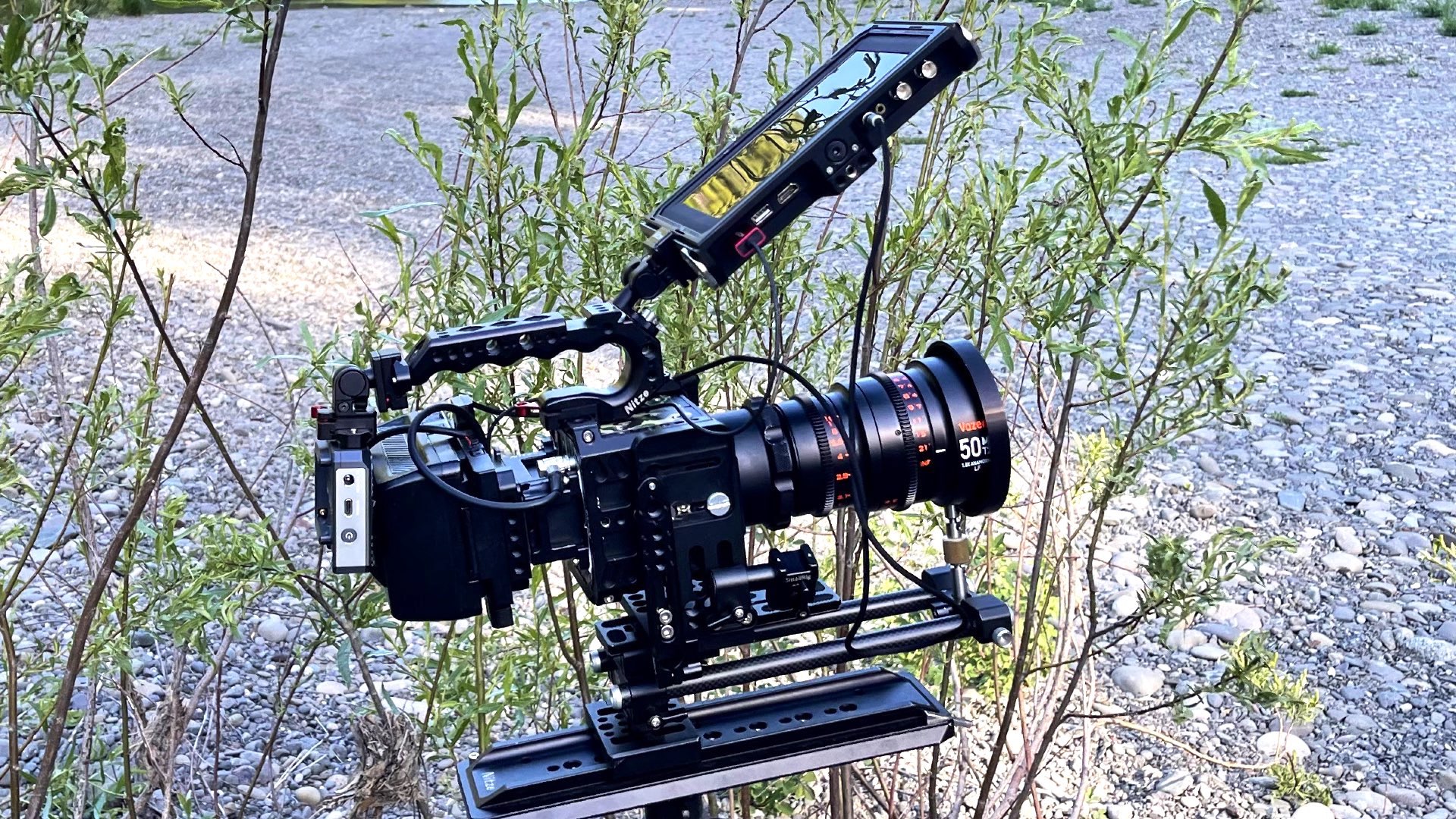
Cumbersome setup
As you can assume, this vertical anamorphic setup is pretty cumbersome. Imagine shooting with your camera in a vertical position. This may cause extra changes in regard to rigging the camera, and not less important, attaching the monitor correctly, so you can see the de-squeezed image correctly. Hence, cameras designed as boxes will be more setup-friendly for vertical shooting, as you can turn the camera at an angle of 90, and still preserve a practically convenient setup. Here’s an example of a ‘vertical capture’ setup, made of Z CAM S6 and Vazen 1.8X. This implementation was made by cinematographer Michael Della Polla (make sure to check out his website and Instagram).
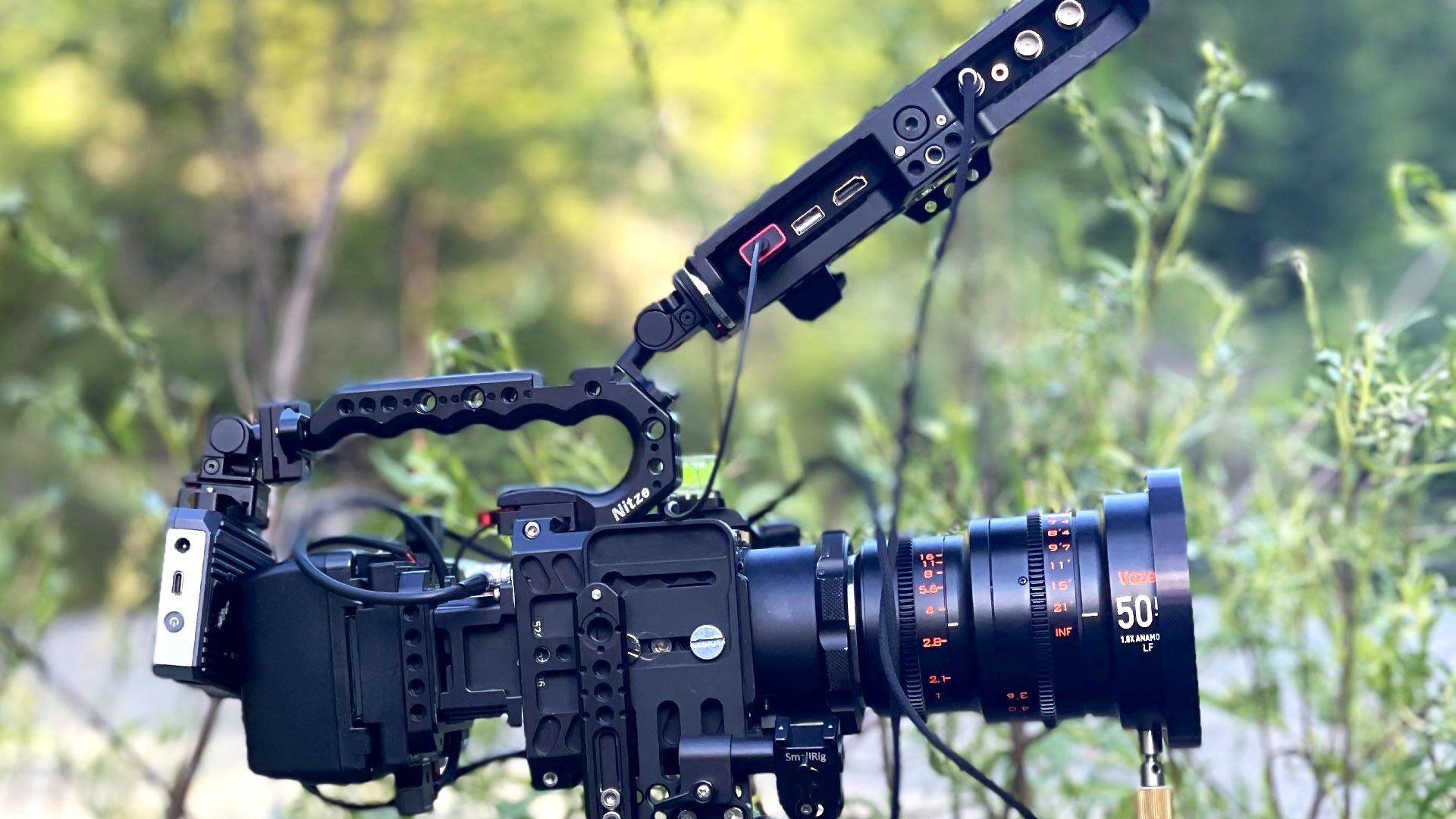
Preview the footage as the main challenge
“I first got into Vertical capture 3,4 years ago with a baby anamorphic lens called the Iscomorphot,” says Michael. “It made alignment fairly easy and I was able to balance it on my Ronin 1 with extension arms if I used a 40mm pancake as the taking lens. Since this was a DIY setup I could individually align the anamorphic without messing with the spherical lens. It was also very difficult to preview this footage as my SamllHD didn’t have a setting for it. I shot a few projects with incorrect squeeze previews while capturing but later begged for a firmware update to my Z CAM S6 to allow internal de-squeeze previews for vertical anamorphic capture. It was only a year after they implemented standard anamorphic de-squeeze preview and wow did they deliver!” he adds.
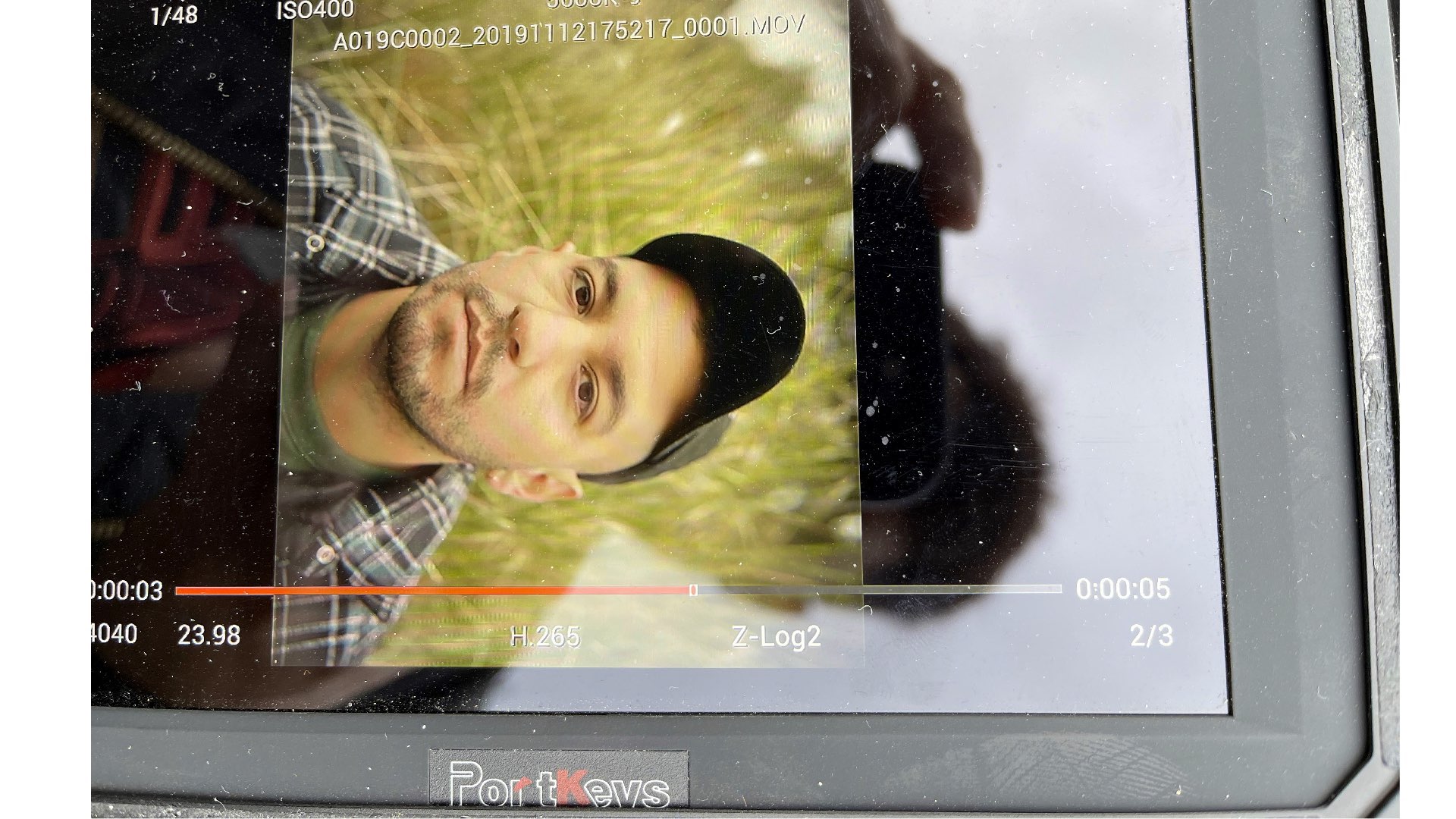
Pairing the vertical sensor with Vazen anamorphic lenses
Michael continues and elaborates on the process: “A year or two later I got into the MFT Vazen 1.8x set. Since the anamorphic and spherical lenses are one unit I wasn’t able to capture vertical anamorphic for a while until a friend 3d printed me a rotated MFT lens mount for my Z CAM S6 camera. Looking back this would have also been good with the F6 camera using the same mount if we wanted to capture some special slow-motion shots. Now even later I’ve invested in another Vazen anamorphic set and this one is PL Mount. As they were nearing the completion of the first lens, I asked the designer to implement the PL notch in all 4 of the “alignment leafs”. Since they included these notches for additional alignment options, Vertical capture with a horizontally oriented anamorphic is very easy”.
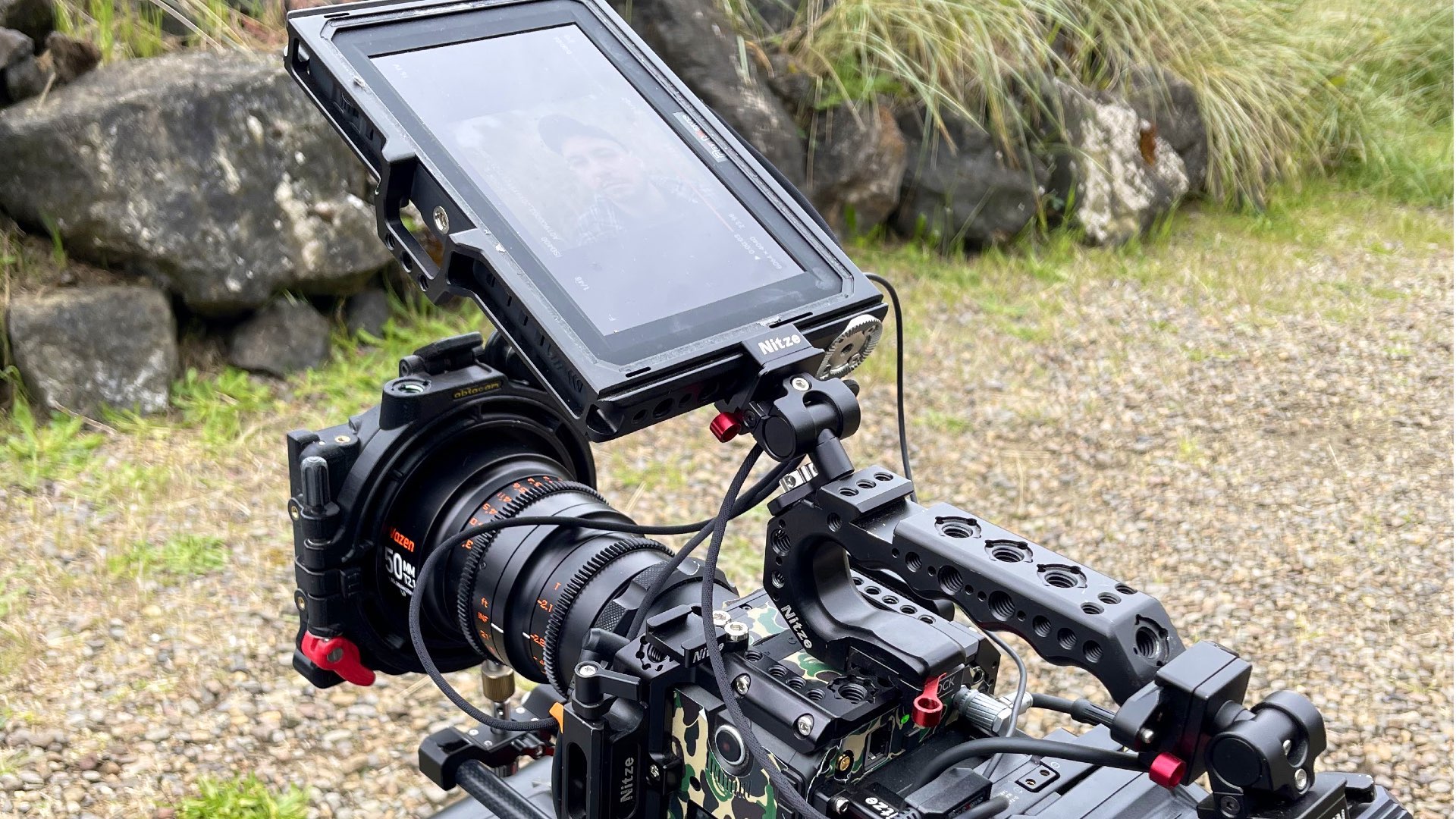
Shooting vertical anamorphic for clients
Michael’s most recent project using these PL lenses was for Mini Cooper. “They wanted a road trip film captured across 6,7 days for 16:9 and 9:16 delivery. I feel like this sort of middle ground capture is the best way to go when delivering both substantially different aspect ratios. I even saw the square version publish a few places which made me happy to see” he says and summarizes: “It’s been a long journey and it’s definitely not over. Lately, I’m using ARRI cameras more and more, and funny enough, they have no solution to this de-squeeze preview. I am not sure but I worry that Portkeys might be the only option. I have to do more research”. Watch the Mini Cooper commercial below, shot vertically on Z CAM F6 and Vazen 1.8X:
Closing thoughts
As opposed to the previous setup described in the article “Shooting Anamorphic on Vertical Sensor” which was executed by the LUMIX S1H, Michael’s setup looks more practical. The boxy design of the Z CAM, the PL mount, plus a solid anamorphic glass (Vazen), make this setup a lot more usable in actual production. Moreover, the attached monitor seems like a good option. Overall, it looks like a nice-looking Run N’ Gun rig, which has the potential to deliver exceptional imagery.
Product List
Here’re the products mentioned in the article, and the links to purchase them from authorized dealers.
- Z CAM E2-S6 Super 35 6K Cinema Camera
- Vazen 1.8X Anamorphic Cinema Lens
- BUY the Y.M.CINEMA 65 – A Gift for Filmmakers


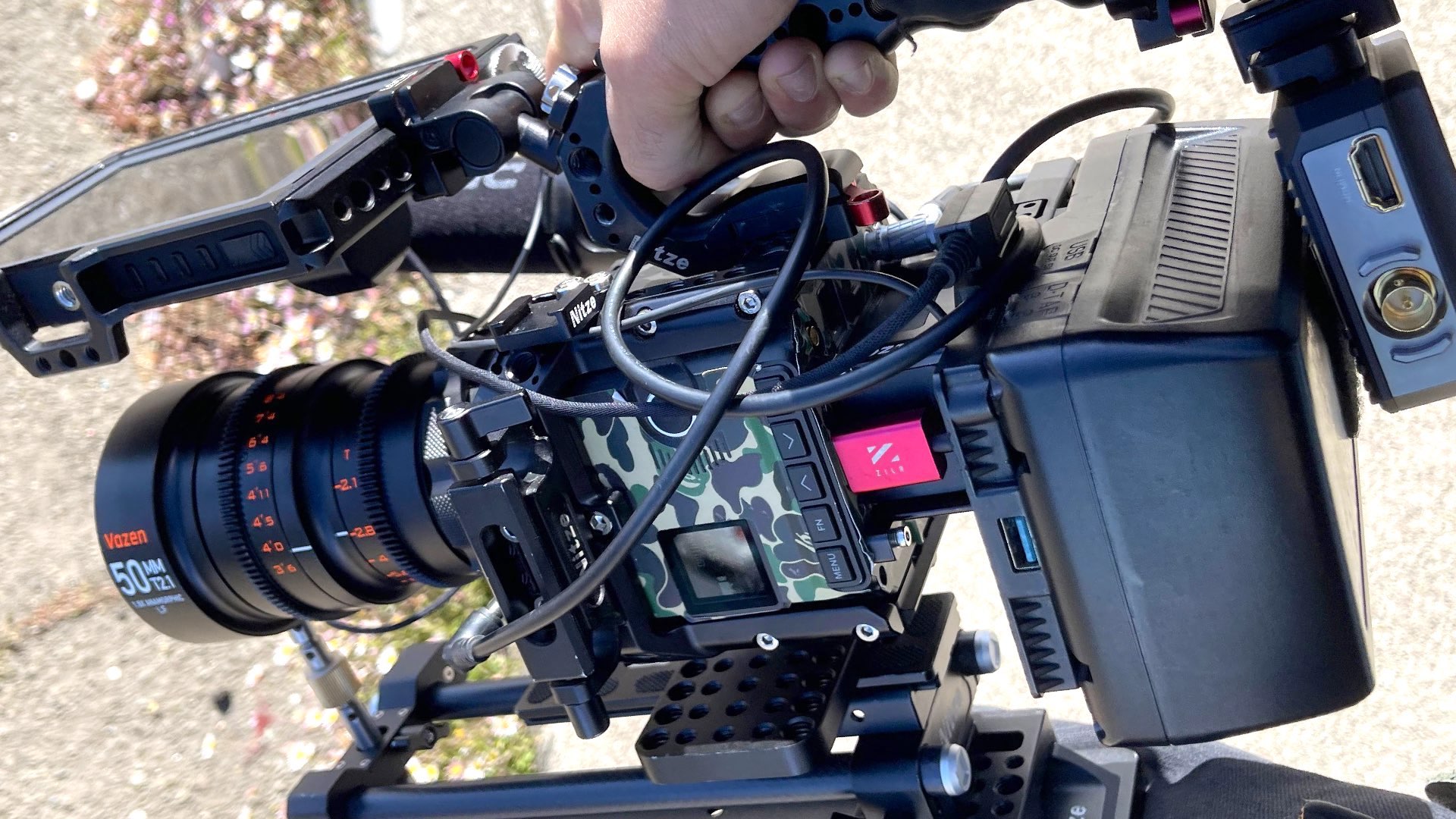
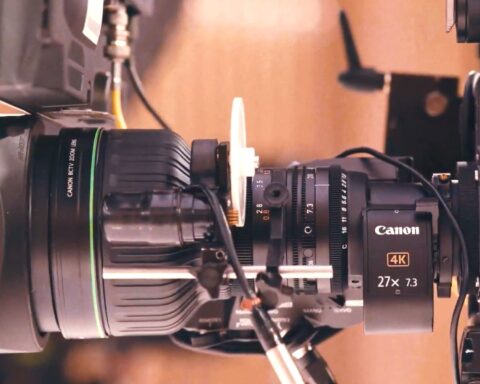
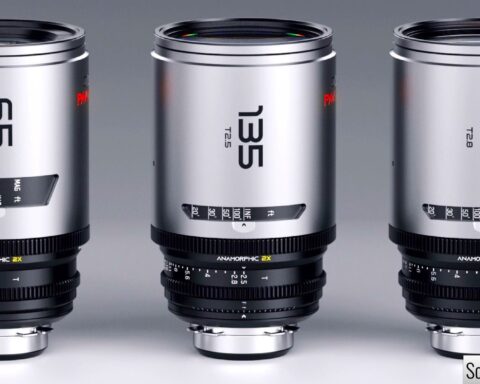

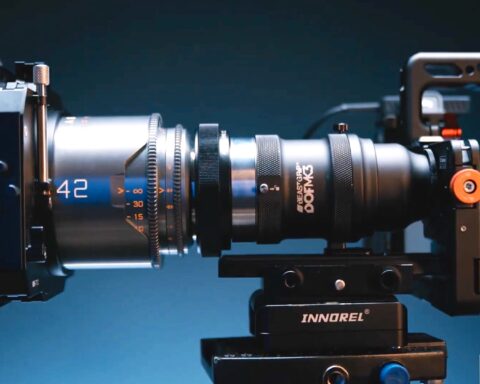
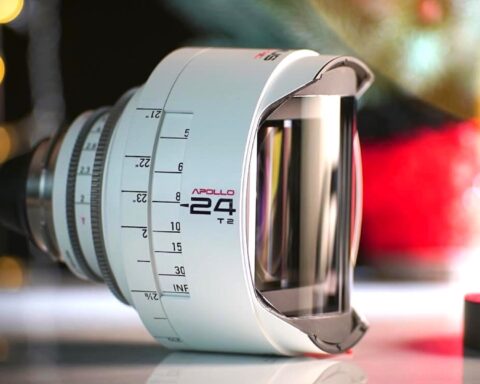


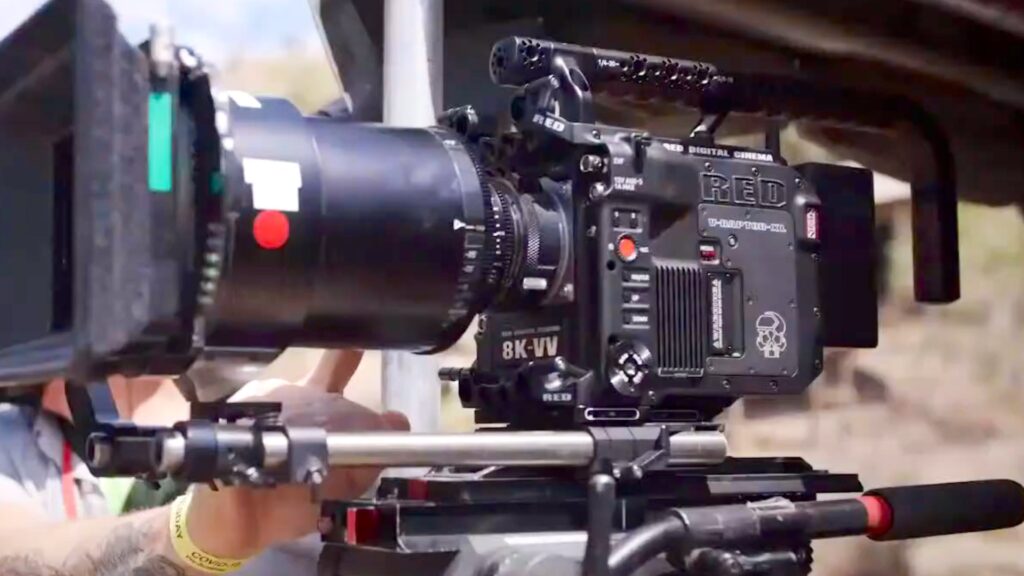
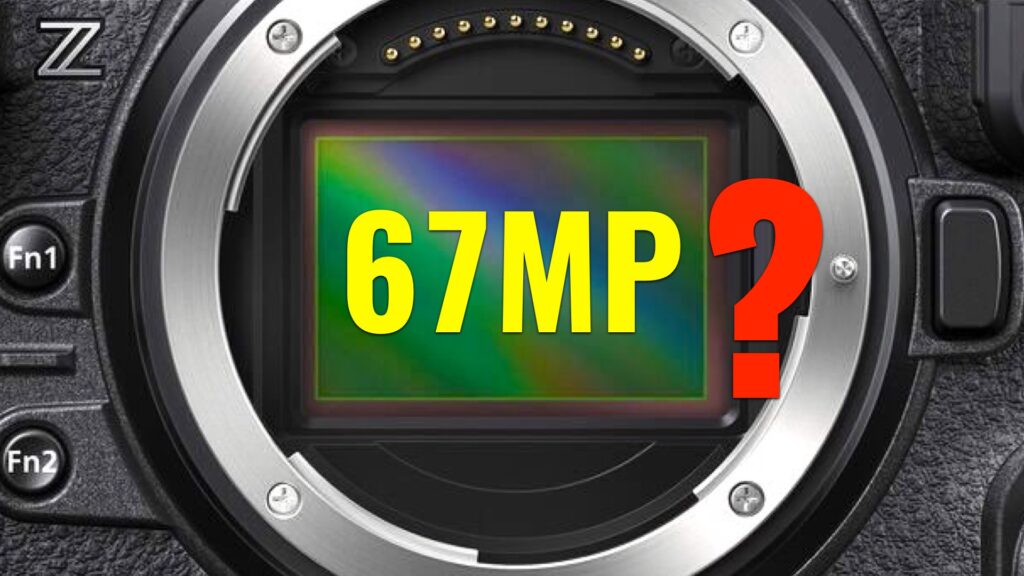



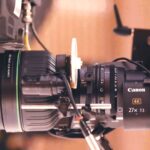
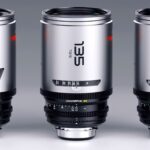
You should check out Erik Wilsons work on Landscapers -this was when I was first made aware of this technique:
https://britishcinematographer.co.uk/erik-wilson-bsc-landscapers/